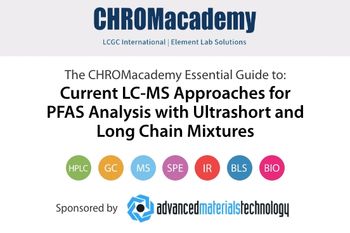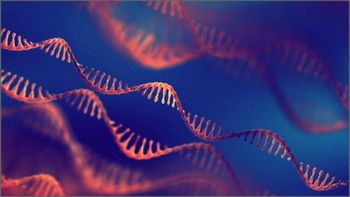
How to Implement Large Volume Injections with the MMI Inlet to Help Achieve Low Level Detection Limits on Your Mass Spec
Webinar Date/Time: Thu, Jan 18, 2024 2:00 PM EST
This webcast will cover the concept of large volume injects (LVI), when to use them, and how to build the method parameters applying Agilent’s vapor volume calculator and solvent vent wizard tools. A case study will be shown of OCP pesticides for EPA method 8081, and the webcast will review how LVI was able to achieve trace level detection limits on the 8890/7010B system.
Register Free:
Event Overview:
This webcast will cover the concept of large volume injects (LVI), when to use them, and how to build the method parameters applying Agilent’s vapor volume calculator and solvent vent wizard tools. A case study will be shown of OCP pesticides for EPA method 8081, and the webcast will review how LVI was able to achieve trace level detection limits on the 8890/7010B system.
Key Learning Objectives:
- Learn how to use Agilent’s calculator tools built into its software.
- Understand when a large volume injection is a good idea.
- Learn about the sensitivity on Agilent’s 7010B triple quad for OCP pesticides.
Who Should Attend:
- Customers who are doing method development work on GC and are looking to achieve better sensitivity out of their systems.
- Customers who have a GC with an MMI inlet and do not know how to employ large volume injections with it.
- Customers considering switching over from the traditional EPA 8081 method of GC/ECD over to GC QQQ for OCP pesticides.
Speaker:
Alexis Willey
Pre-Sales GCMS Applications Chemist
Agilent Technologies
Alexis Willey started with Agilent in 2017 as a field service engineer supporting GC/GCMS products and Markes Thermal Desorption. She has taught GC courses internally for incoming engineers and participated in local seminars and lunch & learns around her district. Since June of 2022, Alexis joined the GC/GCMS applications group, focusing on customers’ needs in the environmental and forensic areas.
Prior to joining Agilent, Alexis worked for seven years at DuPont/Chemours as an applications chemist responsible for GC, GC/MS, IC, SFC and LC/MS/MS method development and transfer to manufacturing labs for fluorochemicals and environmental pollutants. Previously, she was a GCMS lab technician for five years in an industrial hygiene group, part of a contract environmental lab in New Jersey, testing for air quality and drug screening.
Register Free:
Newsletter
Join the global community of analytical scientists who trust LCGC for insights on the latest techniques, trends, and expert solutions in chromatography.





